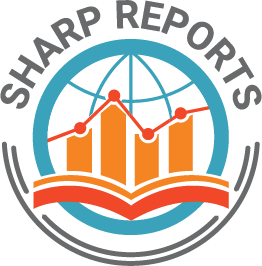- The shrouded wind turbines are now in production and the first 10 commercial units are scheduled for delivery in Q2
- The HALO-6.0 turbine has a rated capacity of 6 kW and is one of the most efficient micro wind solutions in production
Reports suggest that micro wind turbine manufacturer, Halo Energy, LLC, is now producing its high-efficiency, innovative shrouded wind turbines, with the product’s first 10 commercial units being scheduled for delivery in second quarter of 2019.
Further from the reports, the HALO-6.0 turbine, which is designed for addressing the energy requirements of the expanding off-grid telecom tower market globally, has a rated capacity of 6 kW and is one of the most efficient micro wind solutions in production.
Vincent Loccisano, Co-founder and Chief Executive Officer of Halo Energy, said in a statement that the HALO-6.0 could produce twice as much energy compared to any similar-sized conventional, open-bladed wind turbine, while lowering the diesel-fuel consumption and providing low-cost, reliable renewable electricity.
Apparently, the first commercial unit would be delivered to a telecommunications company based in Alaska, whose desire to eliminate dependency on diesel generators and growing network of remote cell towers align perfectly with the Halo Energy turbine. The performance of this turbine has been validated using data collected in 2018 from the test wind turbine of Halo Energy in Massachusetts.
Loccisano was quoted saying that from an efficiency perspective, the company’s innovative shroud design outperforms anything present in the market. The price, weight, and size makes it an ideal solution for the telecom industry, especially given the ease of installation as well as the ability to mount directly on the existing cell towers.
Sources familiar with the matter mentioned that the proprietary design of Halo Energy, which is derived from jet engine technology, uses two closely-coupled, convex shrouds which encircle the turbine blades. The turbine behaves as a passive pump, pulling air over the blades.
Purportedly, the company is in discussions with hybrid energy providers in India, Africa, Canada, Australia, and Southeast Asia who bundle wind energy, solar energy and battery storage for their telecommunications customers.

